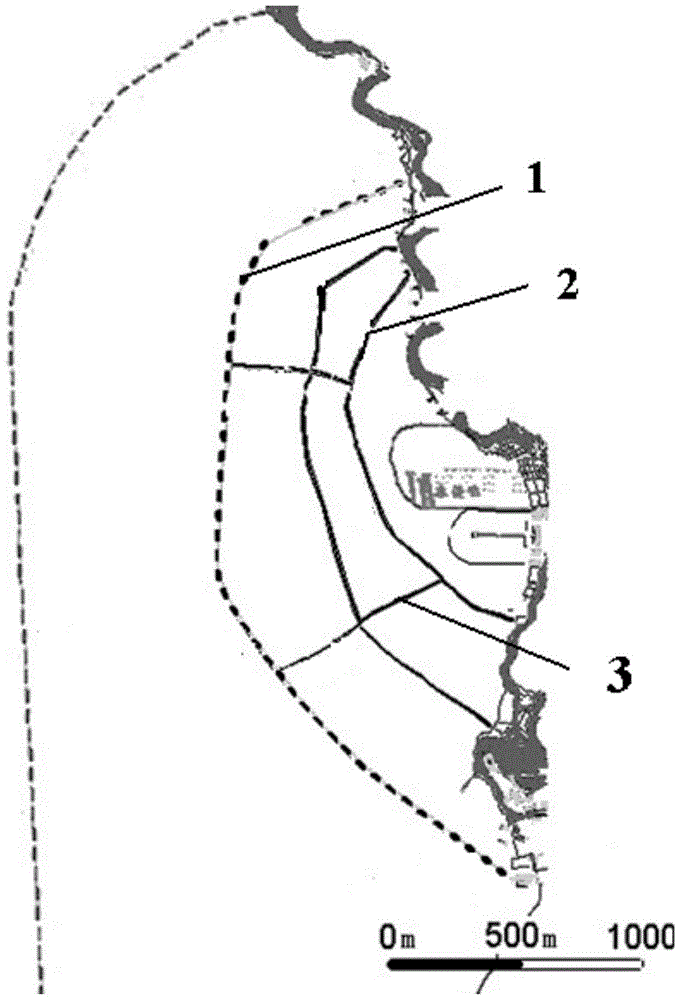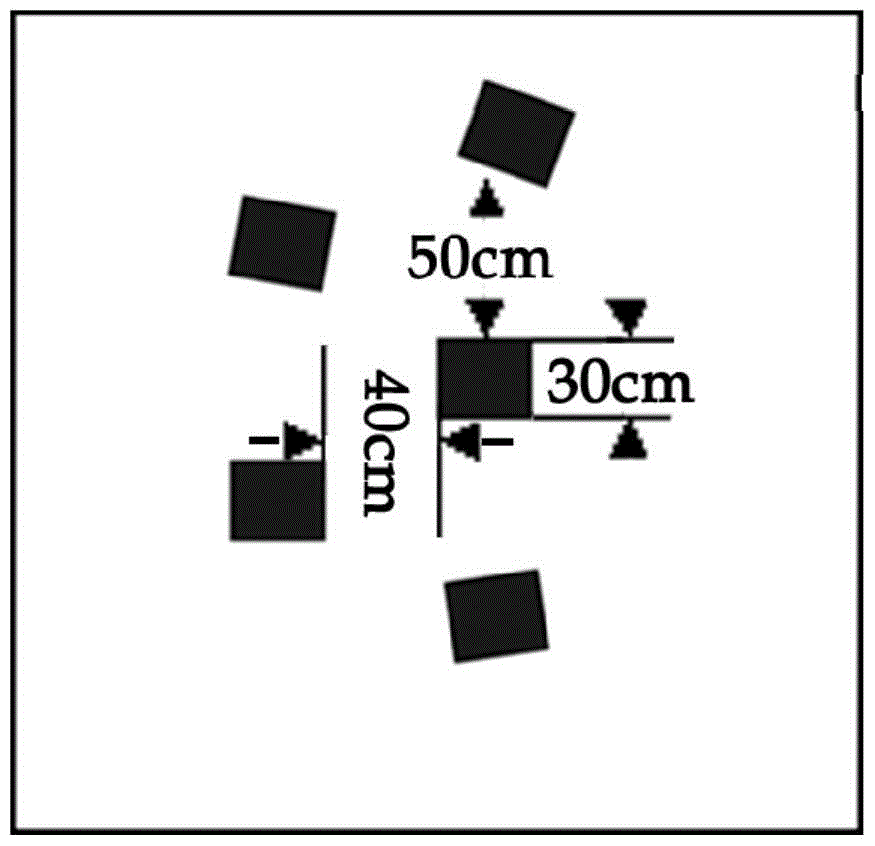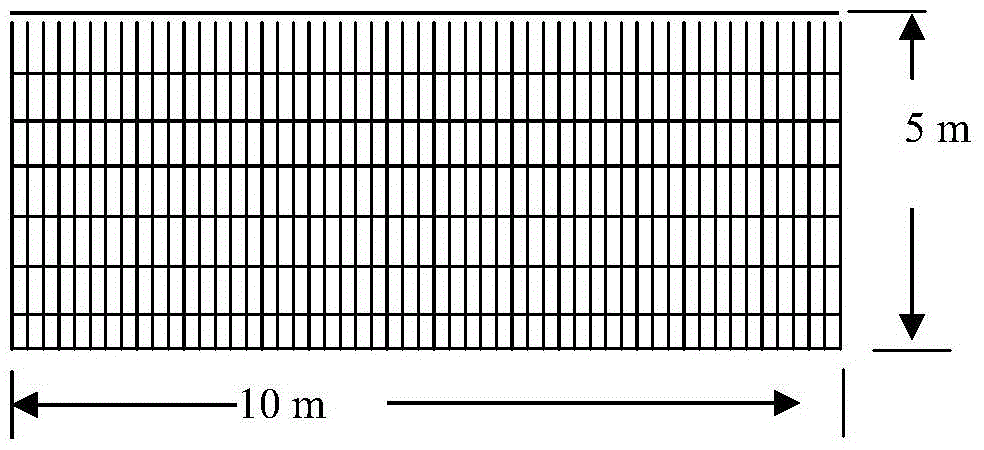A Wave Dissipation Method for Improving the Basic Environment of Large Shallow Lakes
A shallow water and wave-dissipating technology, applied in chemical instruments and methods, biological water/sewage treatment, water/sludge/sewage treatment, etc., can solve problems such as poor wave-dissipating effect, influence of growing season, and susceptibility to wind and wave damage
- Summary
- Abstract
- Description
- Claims
- Application Information
AI Technical Summary
Problems solved by technology
Method used
Image
Examples
Embodiment 1
[0032] (1) Analysis of the main environmental factors affecting floating plants
[0033] Wind and waves have a major impact on the growth of floating plants, causing direct mechanical damage. If effective measures are not taken, it will be difficult for plants to grow in the wind and wave area of the lake. Experiments have shown that the introduction of Litella philodendron into the enclosure, the coverage is 100%, and the cumulative loss reaches 60% in less than a month, which shows that it is not easy to restore floating plants in the stormy area of the lake. This is due to the up-and-down motion of the waves, which causes the roots, stems and leaves of floating plants to move relative to each other and damage each other. In the natural state, the amount of damage is much greater than the amount of growth, so it is almost impossible to survive normally. There is no precedent for long-term successful cultivation. Therefore, the implementation of wave suppression projects...
Embodiment 2
[0051] Compared with Example 1, the only difference is that the concrete piles adopt a single row of piles, the piles are arranged in a diamond shape in the direction of facing waves, and the distance between two adjacent piles is 10cm. The observation results show that the wave penetration rate of the single row of piles for various wave heights is between 0.63-0.74, and the wave dissipation effect is significantly lower than that of Example 1. Therefore, the layout of double-row concrete piles is more conducive to wave dissipation.
Embodiment 3
[0053] Compared with Example 1, the only difference is that the distance between the two piles in the front row is 50cm, the piles in the back row are inserted evenly between the piles in the front row in turn, and the distance between the piles in the front row and the pile row direction is It is 10cm. Observation found that the wave transmission rate of this interspersed concrete pile laying method is above 0.7, which is significantly higher than that of Example 1. Therefore, it is better to arrange the concrete piles in two rows and maintain a certain distance between them.
PUM
 Login to View More
Login to View More Abstract
Description
Claims
Application Information
 Login to View More
Login to View More - R&D
- Intellectual Property
- Life Sciences
- Materials
- Tech Scout
- Unparalleled Data Quality
- Higher Quality Content
- 60% Fewer Hallucinations
Browse by: Latest US Patents, China's latest patents, Technical Efficacy Thesaurus, Application Domain, Technology Topic, Popular Technical Reports.
© 2025 PatSnap. All rights reserved.Legal|Privacy policy|Modern Slavery Act Transparency Statement|Sitemap|About US| Contact US: help@patsnap.com



